Steady progress is being made on the Vivarail project to convert retired D-Stock London Underground trains into D-train Diesel Electric Multiple Units (DEMUs), with 20 vehicles already on-site at Long Marston by the end of February.
The two driving motor cars that will form part of the prototype train have been stripped and checked thoroughly for corrosion or unseen defects.
“They are fine. All the old electrical equipment has been removed from under the floor so we are almost ready to start building them back up,” Vivarail Chairman Adrian Shooter told RAIL.
- For more on this story, read RAIL 770, published March 18.
- For a feature looking at the D-train project, read RAIL 771, published April 1.

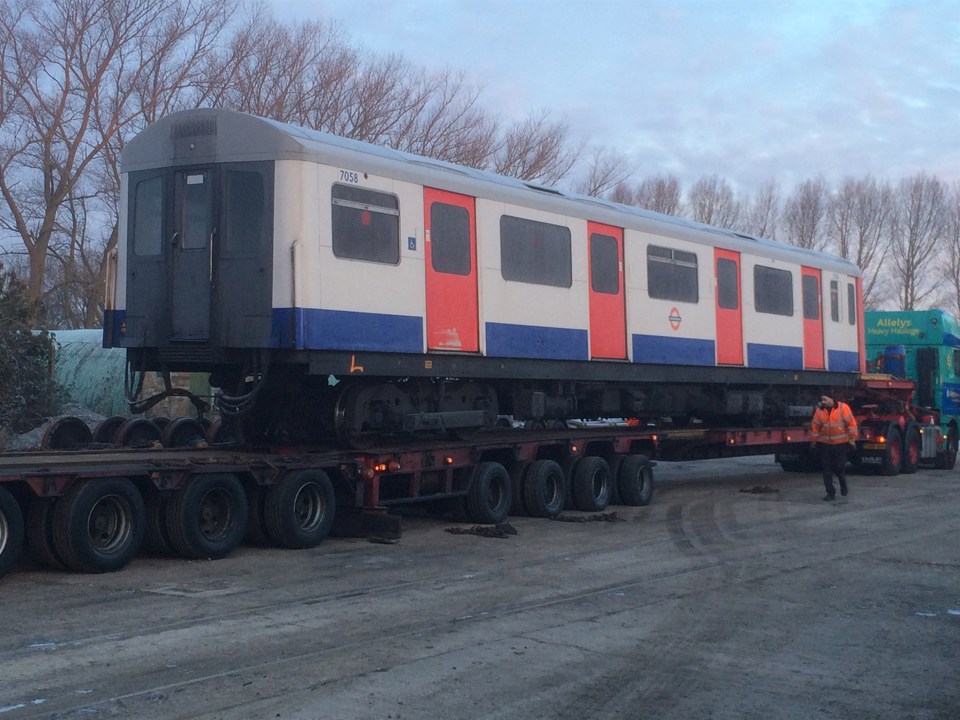
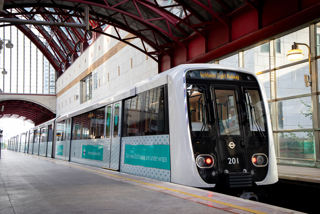
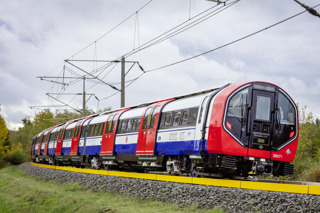
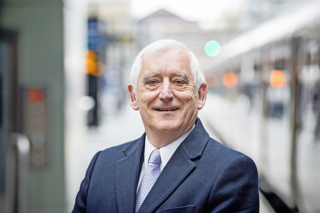
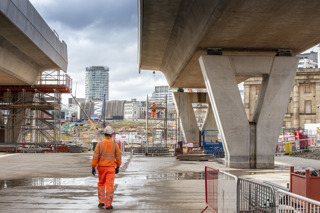
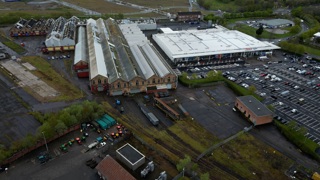











M K THOMPSON - 19/03/2015 23:23
I live in Greater Manchester, we do not want London's 40 year old cast offs in the north of England, they will be the new pacers & just as bad. They are London's trains, let Londoner's have them. London spends in a day on infrastructure, what Manchester region gets in a year. This is grossly unfair. London is getting new trains everywhere, underground, overground, Crossrail, Thames link. Rules are produced to "prove" that the north can not have new trains. These rules are made in London, by Londoners, for the benefit of Londoners & the Southeast. The sooner the Northern Powerhouse has control of it's own transport the better.